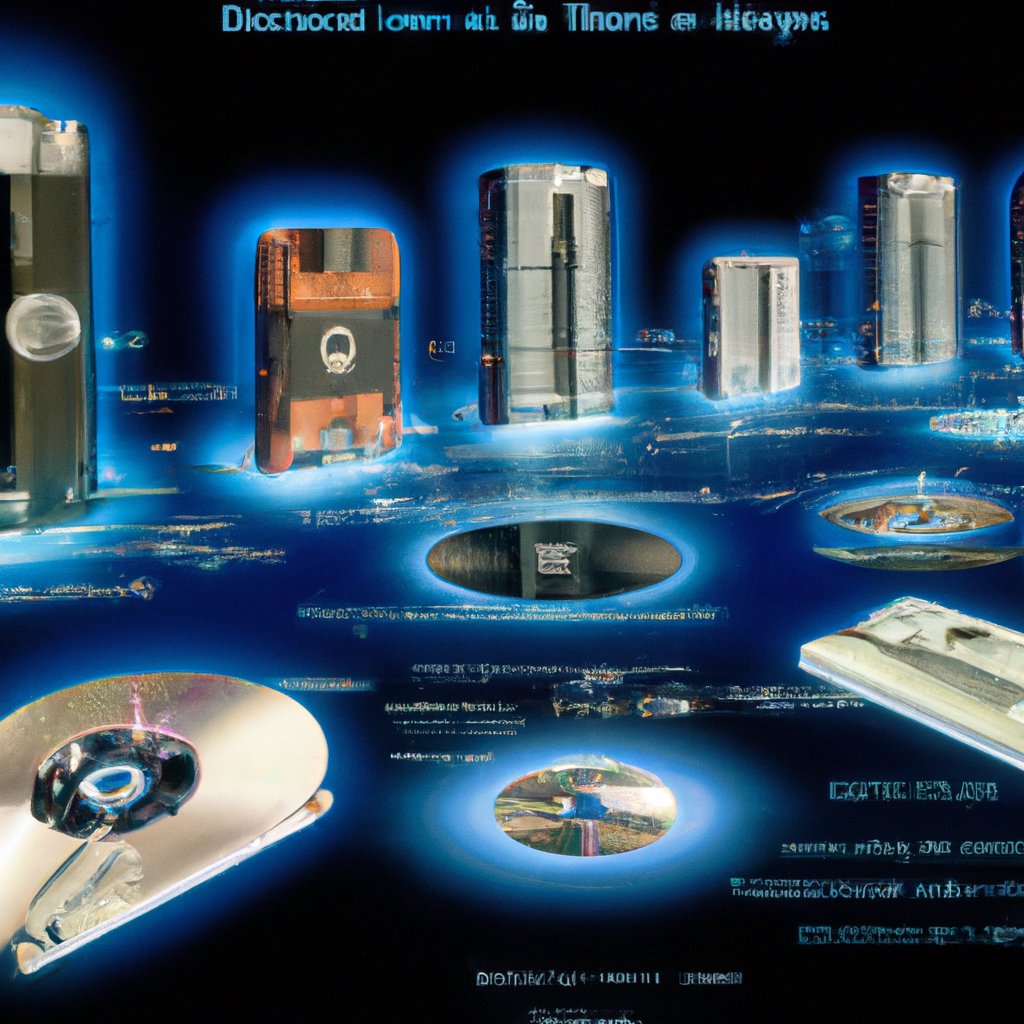The Evolution of Data Storage from 1950 to 2025
In the ever-evolving landscape of technology, data storage stands out as a field of constant innovation. From the bulky magnetic tapes of the 1950s to the sleek and speedy solid-state drives of the 2020s, the journey of data storage technology mirrors the exponential growth of digital information itself.
The Dawn of Data Storage
The story begins in the mid-20th century, with magnetic tape technology, which was first used for storing computer data in 1951. This form of data storage was revolutionary, enabling companies to handle vast amounts of information.
The Rise of Hard Disk Drives
By the 1960s, hard disk drives (HDDs) had entered the market, bringing with them a new era of storage. These devices used magnetic disks to store data, significantly increasing the storage capacity and access speed.
The Era of Optical and Flash Storage
As we moved into the late 20th century, optical storage media like CDs and later DVDs became popular. The 1990s saw the rise of flash memory, a technology that further revolutionized data storage by offering non-volatile, fast-access storage.
The 21st Century: Cloud and Solid-State Drives
The 2000s marked the advent of cloud storage, which allowed users to store data on internet servers, providing flexibility and scalability. Meanwhile, solid-state drives (SSDs) began to replace HDDs, offering faster speeds, more durability, and lower energy consumption.
Looking Ahead: The Future of Data Storage in 2025
As we reach 2025, the data storage technology continues to advance with developments in holographic storage and quantum computing, promising even faster access times and exponentially greater capacity.






